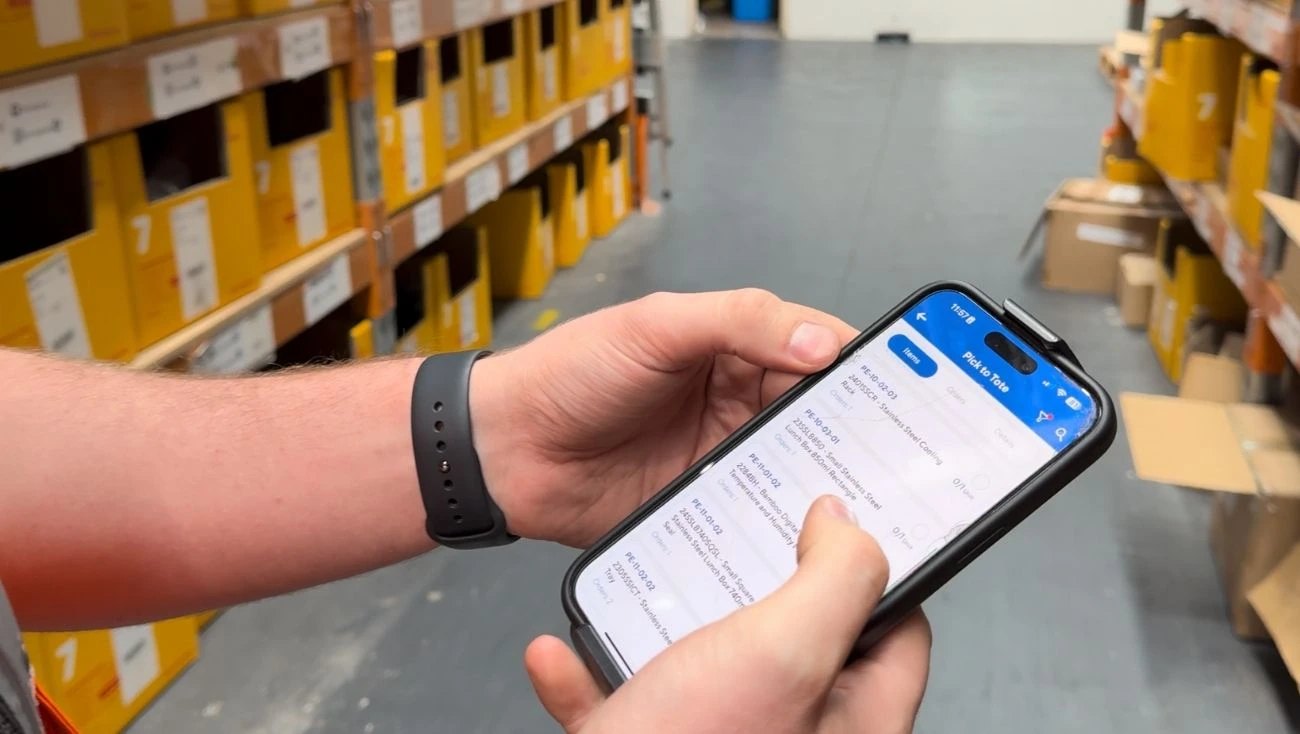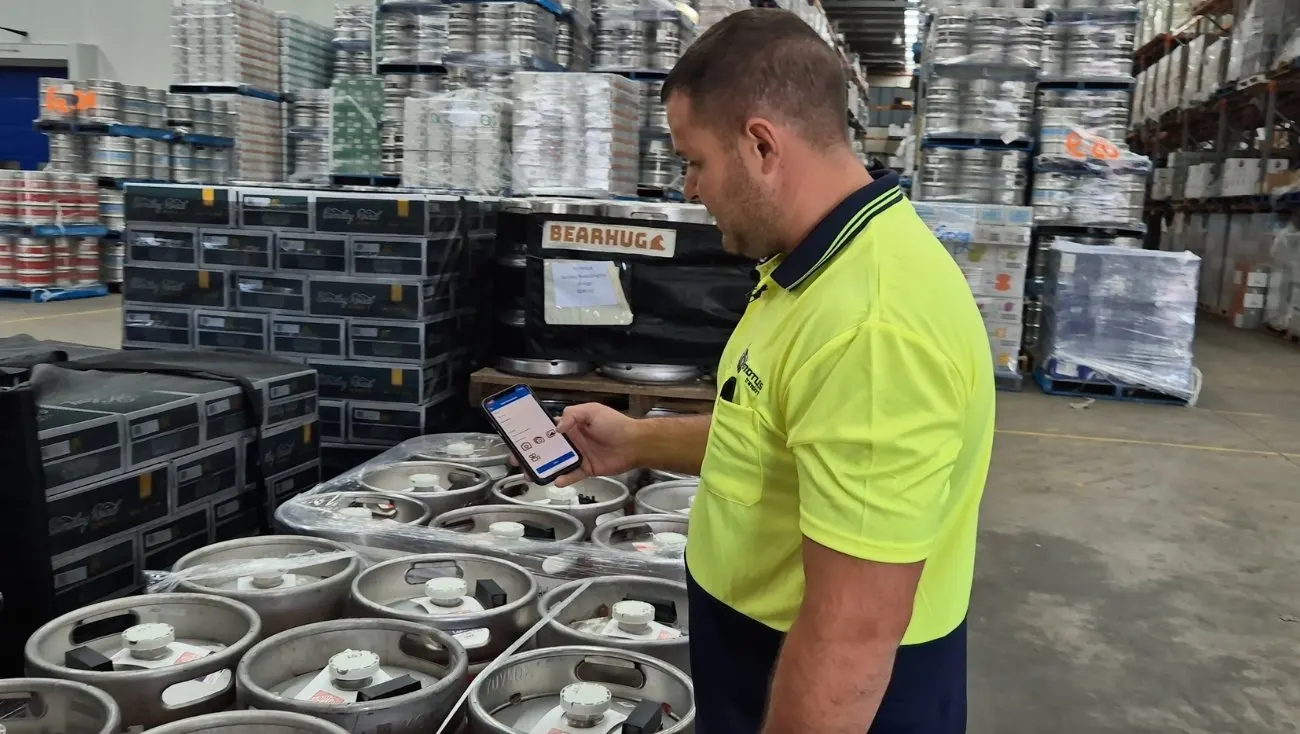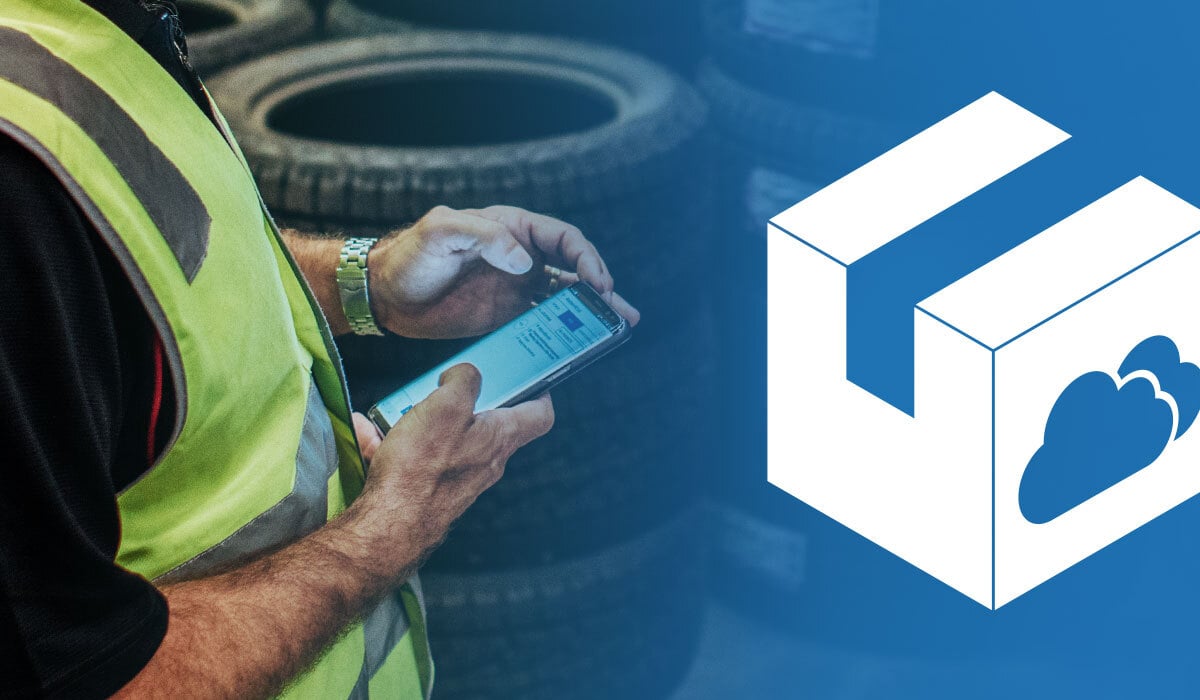How to choose a transport management system? (pt.2)


While lots of factors will be considered when selecting a Transport Management System (TMS), really only 2 matter:
- Does it meet the operational requirements of my transport company?
- Will it provide value in excess of what it costs?
While confirming operational requirements is an analytical black/white process and can generally be determined through a checklist, the latter can be difficult to quantify. While there are numerous easy-to-measure cost savings such as admin time spent calculating invoices and costs of sending drivers back to stores to get another copy of an invoice signed - there are many indirect benefits which can be more subjective, such as customer satisfaction, retention and service levels.
This article discusses point 2, point 1 was discussed here.
Will it provide value in excess of what it costs?
Having validated that the Transport Management System can meet the majority of your operational requirements, the next step is a financial evaluation. The key question to ask yourself, and your team is: "Will this software provide value in excess of what it costs?".
While money spent on a system is sometimes viewed purely as an expense, it's important to evaluate the areas in which the system will enable you to save money too.
From here, a simple cost / benefit comparison will answer whether it's a worthwhile investment.
To help determine what money can be saved, here are several key questions to ask:
What costs can I cut by going ahead?
A key reason to implement business software, particularly a Transport Management System, is to cut costs and lower overheads. Here are a bunch of ways you may be able to cut costs after implementing a Transport Management System:
Administration:
- Data Entry: Consignments, Manifests, Bookings - by automating / integrating how much of this can be saved? In our own case, we cut 60% of our admin costs through automation of data entry.
- Invoicing: Are you currently calculating rates manually? Even using spreadsheets is time consuming. If the invoices were generated automatically, how much could you save in staff costs? Like Data Entry, this could potentially save an entire wage.
- Replying to clients queries via email / phone: This one is a real time-killer, and it's sporadic in nature meaning you need staff available at all times to answer phones. If clients can self-service from a web-portal to answer their own questions, how much could you save on wages?
- Manually checking PODs: Manually checking over individual invoices for signatures is a time-consuming task. But miss one, and it costs you dearly when the client won't pay their bill. How much time / money could you save by capturing signatures electronically and simply seeing a report on outstanding deliveries?
- Looking for old PODs when a client calls: If you're still working from paper PODs, chances are you're either posting them back to your clients, or storing them in cardboard boxes somewhere in your warehouse. If a client calls disputing a delivery from 3 months ago, how long does it take you to find the signed paperwork?
Other Cost Savings to consider
- Posting PODs back to clients. $1-$2 in stamps per client per week, at 40 clients that's $4,160 per year being spent on postage!
- Fuel etc consumed by a driver needing to go back to a store to get a signature for something delivered earlier, or by needing to go back due to leaving stock in the warehouse.
- Preventing mis-sorts when cross-docking (wrong stock on wrong truck), and the time / fuel associated with fixing this.
- Directly related to staff, lower staff numbers means lower Payroll Tax. If you can bring your wages down below the threshold for Payroll Tax, that's a significant saving.
How muchrevenue loss will this avoid?
Revenue leakage is wrongly disregarded by transport operators as something which they don't encounter. In our experience working with hundreds of SME transport companies, revenue leakage in businesses that don't have transport management systems and automated invoicing is as high as 3%.
The reasons are very simple, and numerous, here's a few common ones:
- Paperwork goes missing so the job is never invoiced, or simply cannot be invoiced due to missing proof.
- Jobs completed as a one-off "urgent" jobs that bypass normal processes never get recorded (and therefore, never get invoiced). Sounds silly, but is very easy to do as the jobs are often so last-minute there's no time to write them down. Client calls, agrees to $100/hr urgent call out, then doesn't get invoiced.
- Jobs invoiced incorrectly. Often this occurs for simple reasons such as different administration staff each believing the client should be charged different rates, $45 per pallet rather than $65 per pallet. This can also be due to suburbs and postcodes being incorrectly classified. Is Dural, NSW part of North Sydney or Regional Sydney? Again, different office staff may treat the suburb differently. Clients don't normally complain when they're undercharged so while they may flag a job which is overcharged, the ones in their favour will go unnoticed.
- Not charging for any extras like Tail-lift or Waiting time. The driver may have waited for 90 minutes at the delivery point, but how was this recorded?
- Consignments being manifested / booked incorrectly, but not being updated prior to invoicing. A client books 2 pallets and then 3 arrive. Often times, the paperwork that was written down on never makes it into the hands of accounts, so the client is only billed for the 2 pallets they originally booked, rather than the 3 you delivered, a 50% loss on one delivery.
Will this allow me to provide better service to my clients?
While cutting costs and preventing revenue leakage are the biggest contributors to increased profitability, providing clients with better, more consistent service will enable you to increase rates over time.
If you're able to Deliver in Full On Time (DIFOT) at 99.9% due to solid businesses processes, you can charge a premium over a competitor who only achieves 97%. While 97% sounds high, it's not. This means 1 in every 33 deliveries are late, or never get there at all. 99.9% on the other hand is 1 issue in every 1000 deliveries.
Achieving high service levels will attract high quality clients, those who are generally willing to spend more for quality. Clients who are only looking for the lowest possible rates are not ideal customers. They'll stick with you as long as you're the cheapest and leave you again the moment a better deal comes along.
Will this prevent me losing key clients?
You may already be providing a great service to your clients, running at or near 99.9%, but if your clients are unable to see this easily, how are you providing peace of mind?
Transparency is a key requirement in logistics today. People want to know where things are at all times and why. If your competitors are offering clients real-time updates, whereas your clients still need to call you to find out whether a particular delivery was made, this is an issue of convenience which will erode your business over time. Why did Netflix beat-out both torrents and DVDs? Easy, Convenience.
The high quality, less price-sensitive clients explained above will undoubtedly have higher demands around the service quality you provide to them. This extends beyond simply meeting DIFOT requirements and into the whole package you provide, including transparency, self-service, ability to report etc.
If you're lucky, your existing clients will push you toward new technology. If you're unlucky, they'll leave quietly having found someone else who has already embraced it. What is the cost of this occurring?
Conclusion
Having determined the cost of the software, and added up the financials of the benefits provided, determining it's a very simple calculation of
Financial Benefits - Cost of Software = Value
If the value is positive (benefits outweigh cost), then move forward. If the result is negative (costs outweigh benefits), stop and re-evaluate why you're looking for a transport management system as there are likely more important changes you could be making within your business.
Subscribe to CartonCloud



.webp)
.webp)
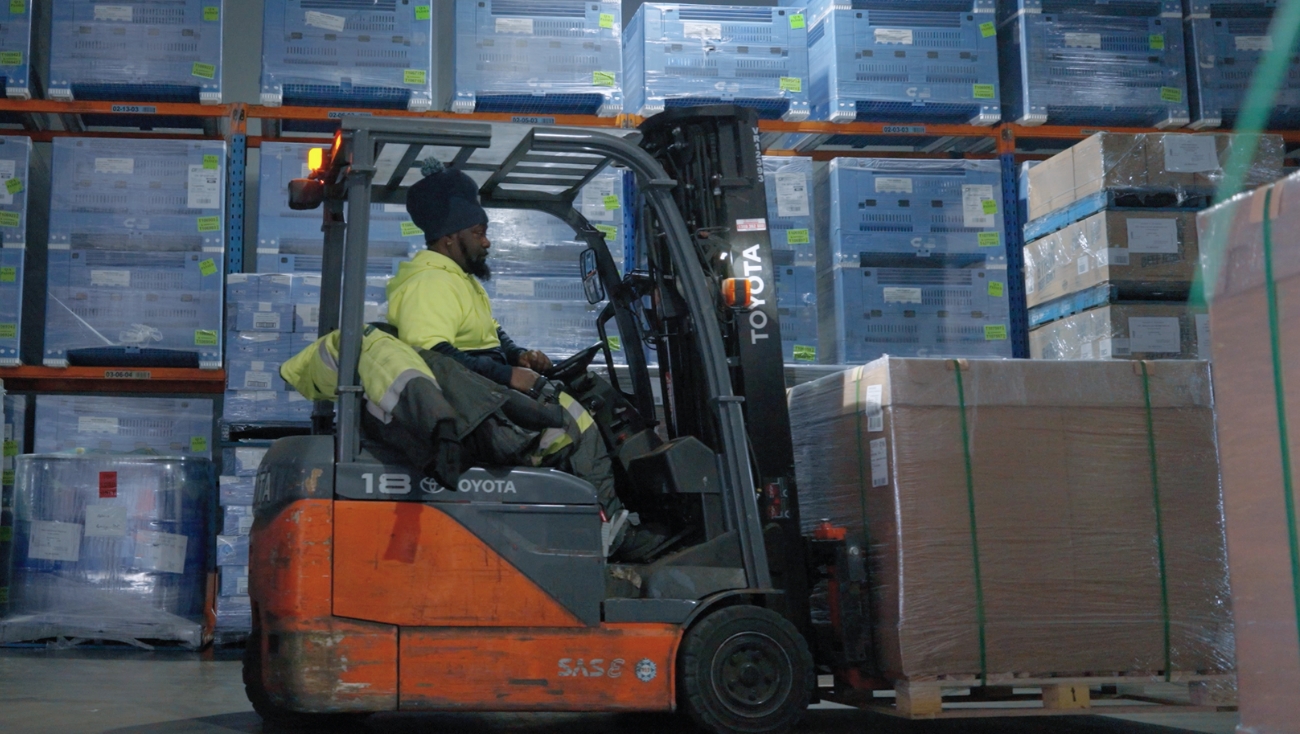

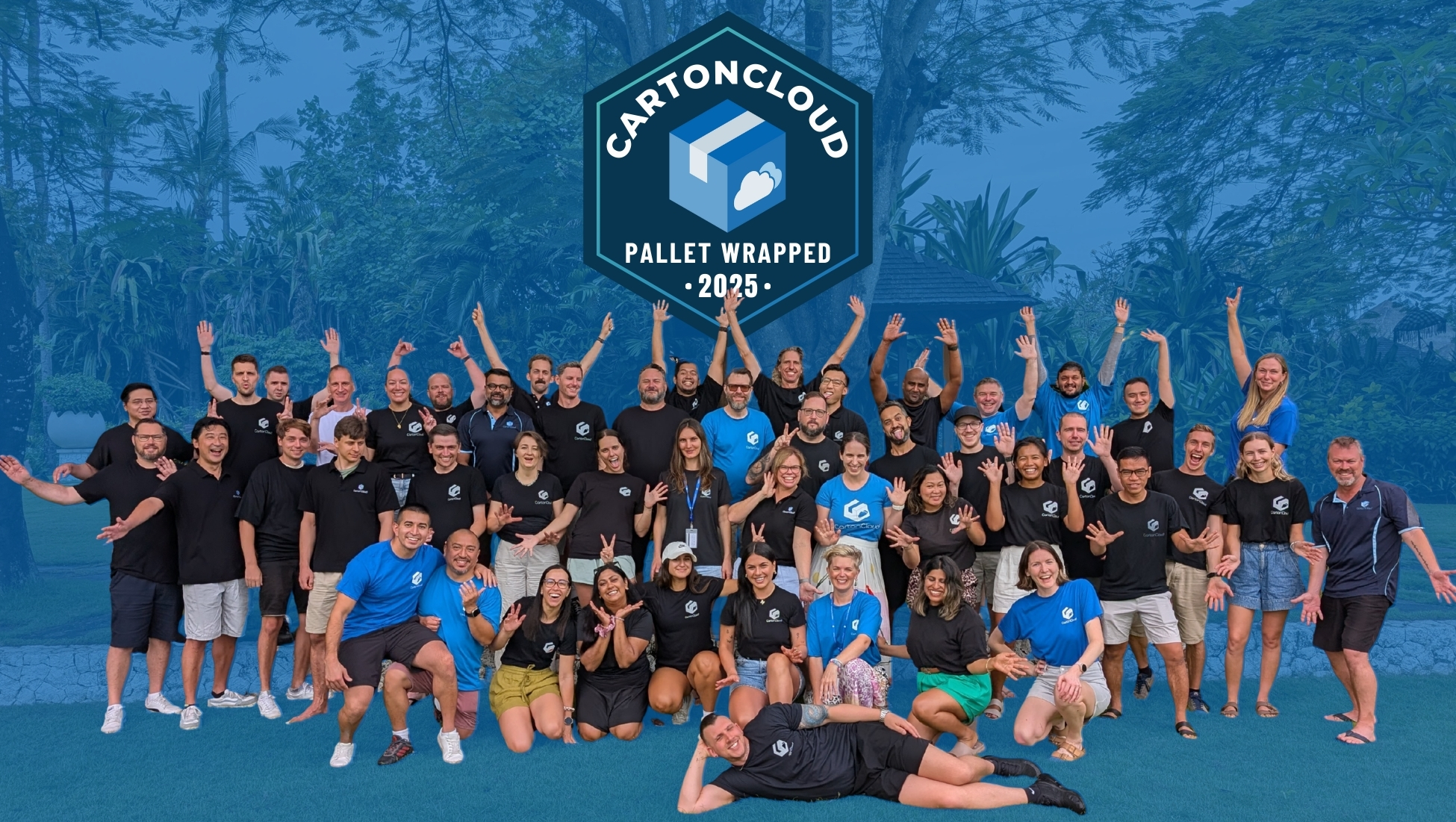
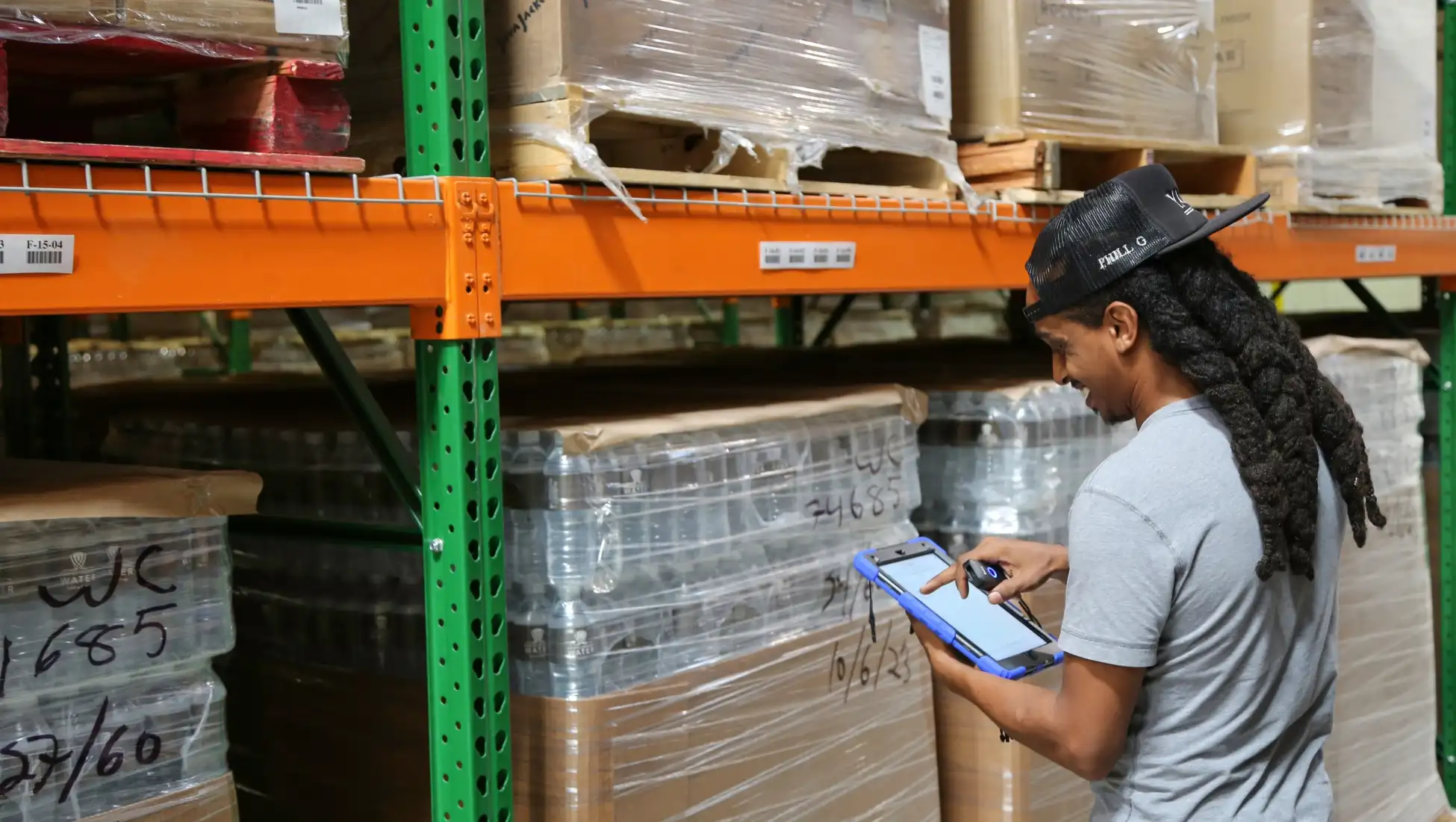
.webp)
